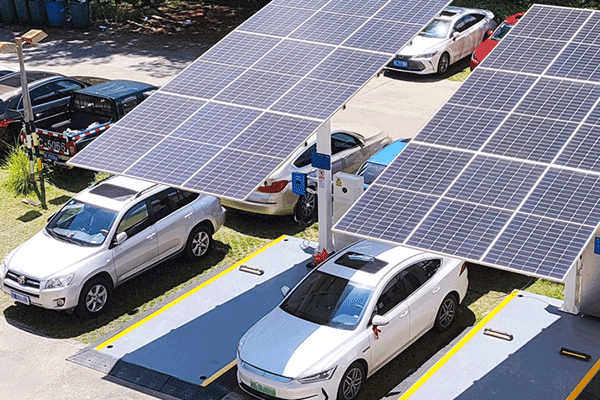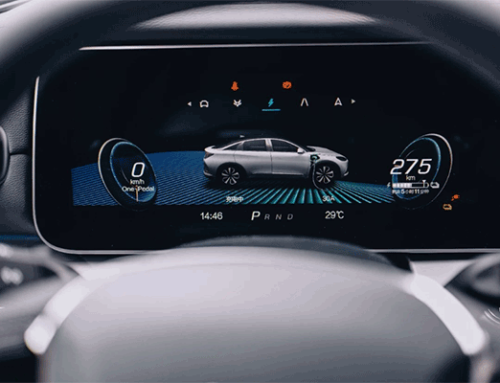In today’s energy sector, Behind the Meter (BTM) technologies and applications are becoming increasingly important. But what is BTM? In simple terms, BTM refers to all power generation and storage systems that are located behind the user’s utility meter. These systems enable energy users to manage their energy use more effectively, improve energy efficiency, and reduce dependence on the traditional grid.

What are the application scenarios for behind-the-meter
By end use, behind-the-meter (BTM) battery energy storage can be briefly classified as residential, commercial and industrial (C&I). Taking C&I BTM energy storage as an example, it currently involves four main application scenarios:
Electric vehicle charging infrastructure (EVCI): based on McKinsey Center for Future Mobility, global EV sales will share 23% of total car sales in 2025 and almost 45% in 2030. As a result, it would require notable investment in EVCI and grid upgrading to pare the growth. However, through the deployment of BESS on EV charging site, it would potentially save both time and cost for grid upgrading.
Critical infrastructure, such as telecommunications towers, data centers and hospitals: some of the telecom operators and data center owners have turned to C&I BESS as an environmental-friendly uninterruptible power supply alternative to diesel power, especially with the integration of rooftop solar.
Public infrastructure, commercial buildings and factories: such C&I BESS applications can potentially reduce up to 80% of energy cost in operation. They are mostly employed for peak load shafting, integration of on-site renewable energy, self-consumption, backup power supply and other grid services.
Harsh-environment applications at mining, construction, quarrying, and oil & gas extraction sites: municipalities from several countries have set net-zero emission goals on construction sites by encouraging BESS to gradually replace diesel or gas generators. For example, Oslo municipality has been working on reducing emissions from construction sites by setting the emission-free-construction-site goal by 2025.

These scenarios are becoming increasingly common, such as solar and battery storage systems integrated with electric vehicle charging. As a leader in power electronics for decades, SETEC POWER specializes in power supply and power systems for the renewable energy industry. We provide solutions for fast electric vehicle charging, battery energy storage systems, and more.
What are the benefits of promoting behind-the-meter solutions?
Growing sustainability demands from stakeholders: Organizations are increasingly feeling pressure to decarbonize their operations. With on-site energy resources, they can take back control of how they’re producing and consuming energy – and more effectively track and reduce their Scope 2 emissions.
Rising energy costs: To avoid paying high costs for energy, many organizations are seeking out alternative solutions, like offsetting their grid consumption with on-site solar and battery storage. By generating their own energy or using battery energy storage systems, organizations can reduce their reliance on the grid, minimize their energy consumption during peak demand periods, and save money on their electricity bills.
Better project economics: The costs of DERs have drastically declined over the last decade. At the same time, new incentives like the investment and production tax credits under the Inflation Reduction Act are making behind-the-meter solutions more accessible and cost-effective for a wider range of energy consumers.
Increasing need for resilience: Many behind-the-meter solutions, like microgrids, offer operational resilience during grid disruptions, a growing concern as extreme weather becomes more frequent.
Future Trends
With the ongoing reduction in the costs of renewable energy and advances in energy storage technology, the adoption of Behind the Meter (BTM) solutions is expected to continue to grow. This not only helps achieve savings on energy costs but also contributes to reducing carbon emissions, driving the global transition to more sustainable energy use.
Looking for the right BTM energy solutions for your organization? Contact our team today.














